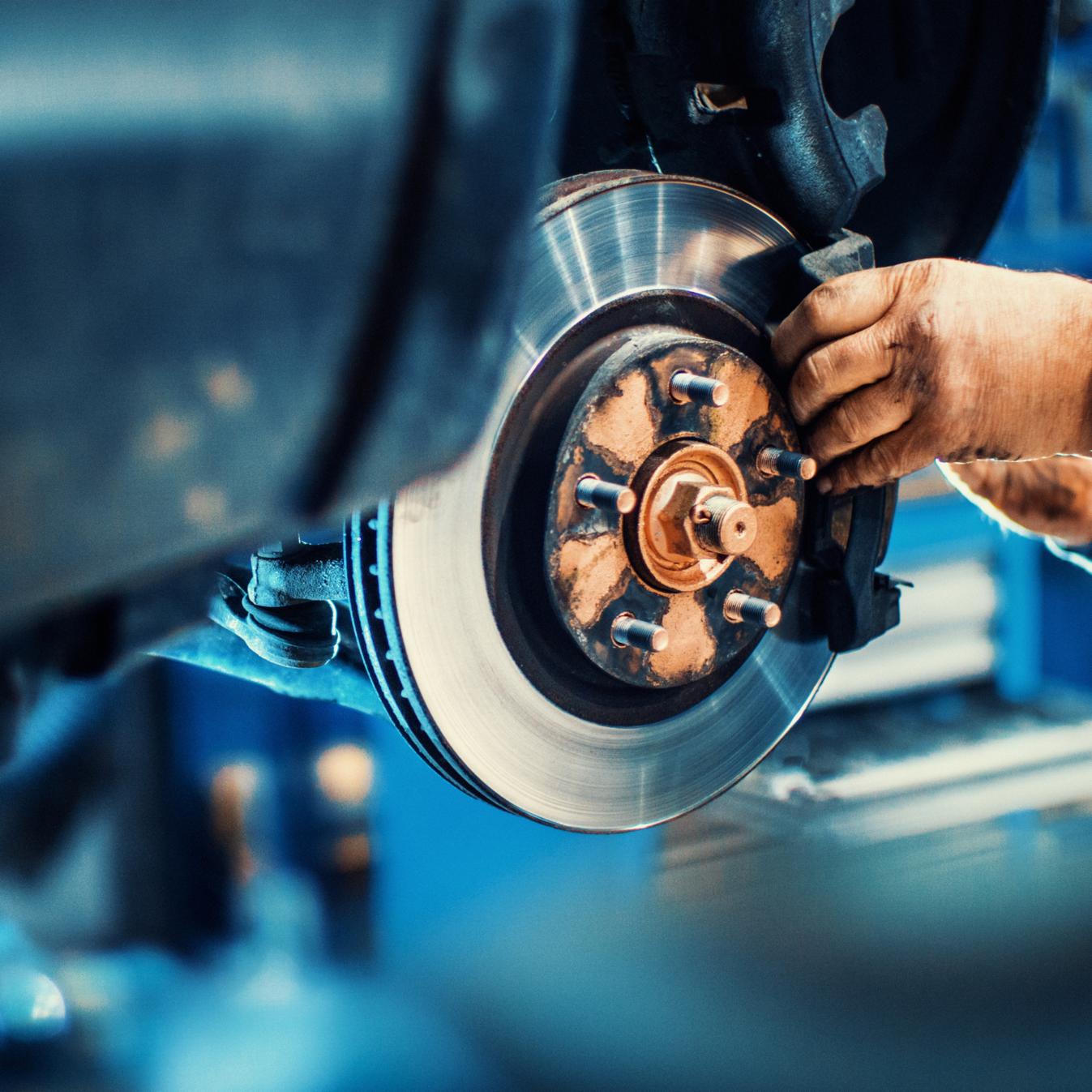
While the jury is out on whether 2017 will be a peak year for new vehicle sales, elevated OEM warranty and recall costs are likely to continue. OEMs, likely will continue to pay the largest share of these expenses, but suppliers can expect to pay a greater per-vehicle share.
In order to be awarded new business, suppliers typically accept liability for a broad range of costs resulting from non-conforming parts. Therefore, when a warranty issue arises, the supplier needs to react quickly to identify the root cause, contain problems, and establish clean points. The supplier should assemble a claim management team and identify and retrieve the relevant documents from the OEM and the company. Finally, ensure that responsibility for warranty claim management is not fragmented across business organizations.
Moreover, if a claim involves multiple parties, including a tier 1 supplier, an OEM, and a tier 2 supplier, a close working relationship between the OEM and the tier 1 supplier is required to identify and document quality issues early and promptly communicate responsibilities. When a warranty spike occurs, the tier 1 supplier must proactively:
- Analyze warranty data from the OEM and request additional documentation supporting the OEM’s alleged costs and damages prior to settling warranty claims
- Understand all contract terms and conditions relating to warranty and recall costs
- Obtain specific details regarding how liability and related costs were established by the OEM
If a warranty claim involves one or more tier 2 suppliers, the tier 1 supplier must ensure:
- Contemporaneous notice of the warranty claim is provided to the tier 2
- Notice of any breach is provided to the tier 2
- Documentation of root cause(s)
- Documentary support for alleged damages
- Witness interviews are conducted
- Relevant key documents are collected and preserved
At the same time, a risk analysis should be performed and a settlement strategy developed. These steps are critical to ensuring that:
- The supplier can demonstrate that it should only be responsible for paying a certain portion of the total costs
- The tier 1 supplier can pass through any costs that are the responsibility of the tier 2 supplier
- The tier 1 supplier can recover additional damages from the tier 2 supplier
Find Out More About These Developments and More
Foley’s experienced Automotive Industry Team has prepared a full report, entitled “Top Legal Issues Facing the Automotive Industry in 2017,” that examines the road ahead regarding antitrust, security, labor and employment, M&A, and more. Download it today.


